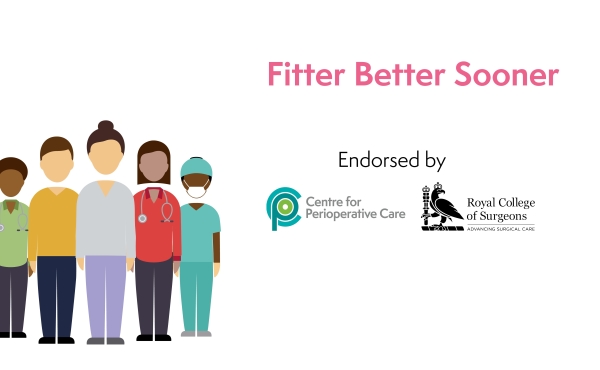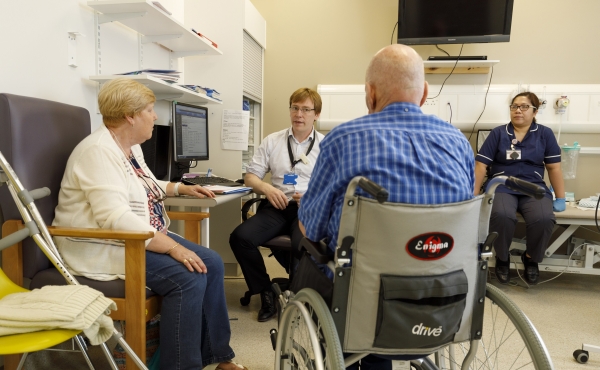Timing of Surgery for Adults After COVID Guidance
For guidance on Timing of Surgery After SARS-CoV-2 please refer directly to the 2023 Federation of Surgical Speciality Associations (FSSA) Consensus Statement.
Related Content
Fitter Better Sooner
Fitter patients who are able to improve their health and activity levels, recover from surgery more quickly
Shared Decision Making for Clinicians
Please view our virtual hub of resources for all responsible for making clinical decisions with patients
'My Operation and Coronavirus' FAQ for Young people
CPOC has published new FAQs for paediatric patients having an operation during the COVID-19 pandemic



